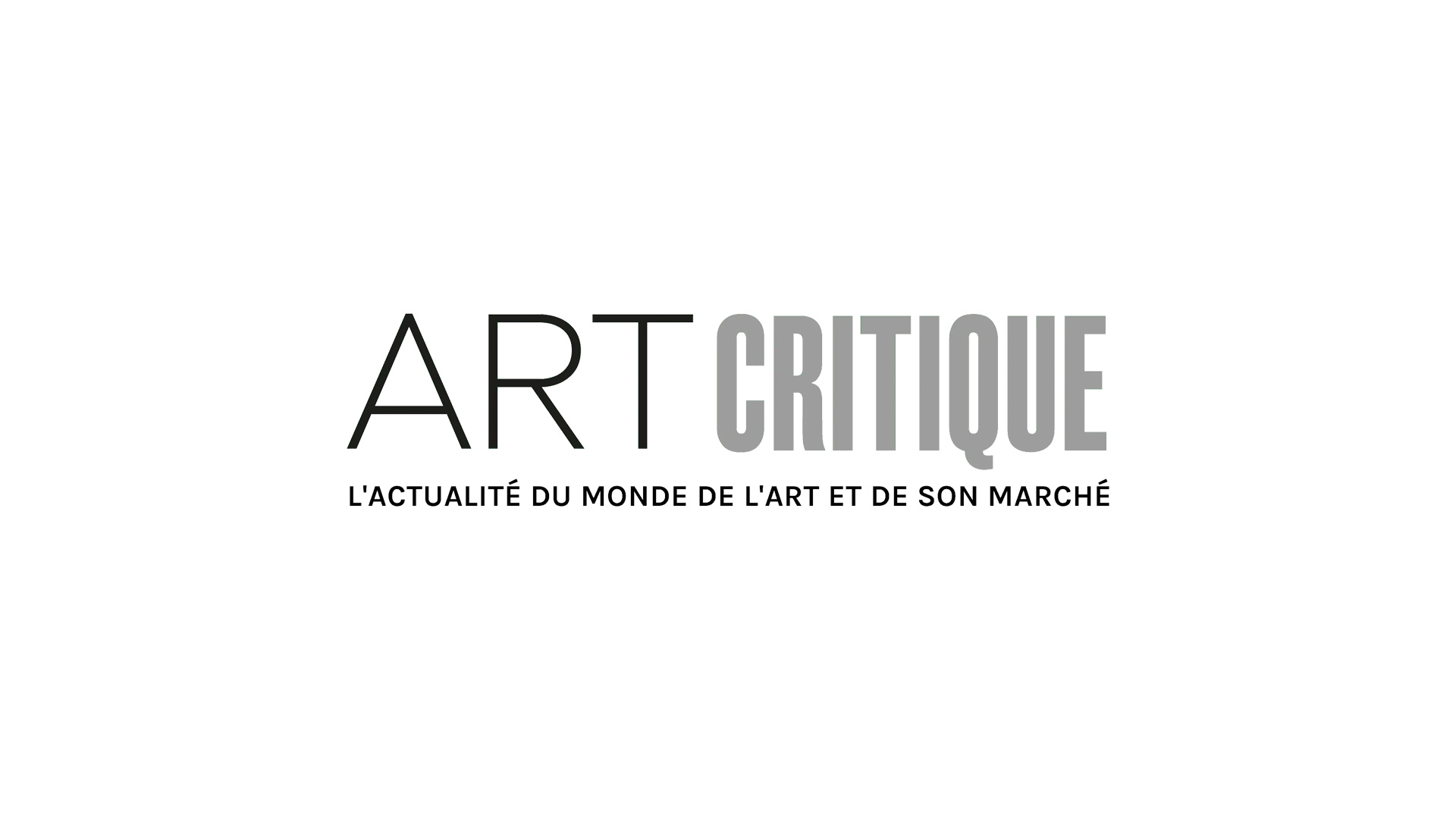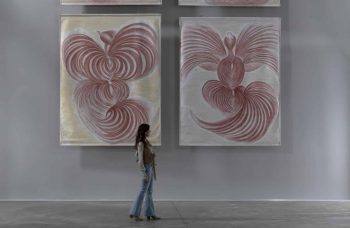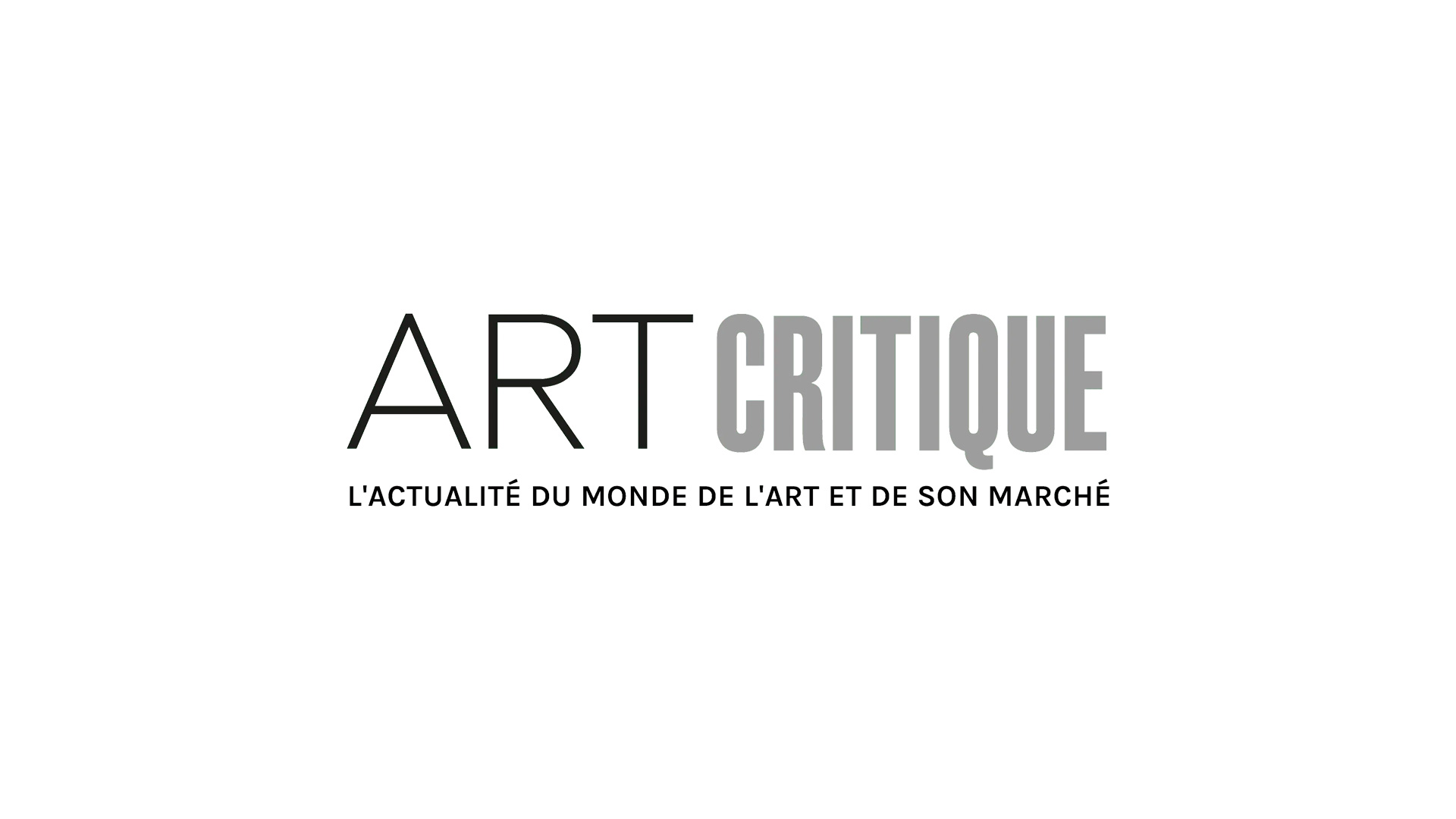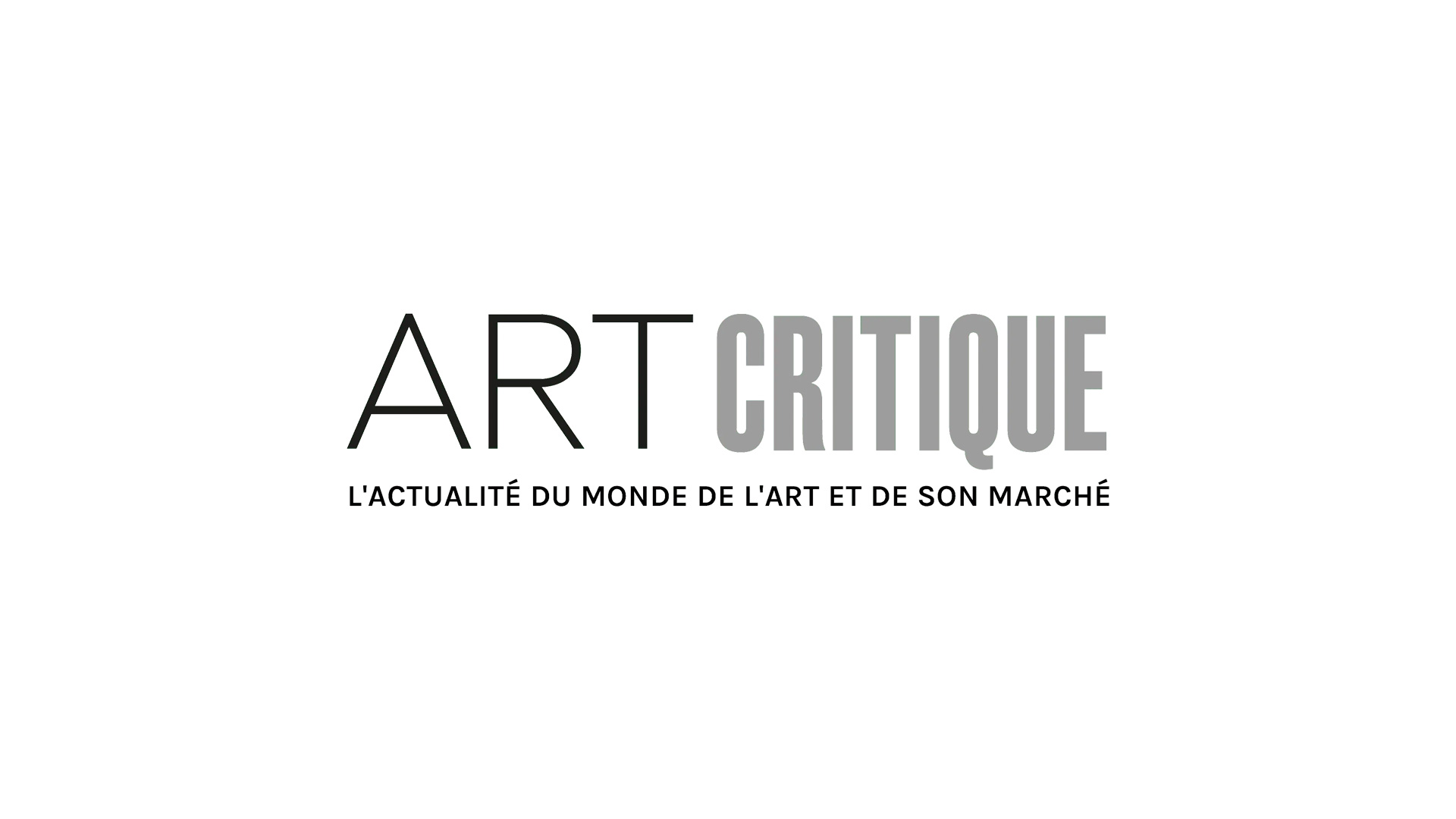This week’s Art World Roundup, covers a new stamp series in Sweden honouring the work of activist Greta Thunberg, the first reports of damages to the US Capitol Building, and how a Diego Rivera mural will be protected. Also, restitution activist Mwazulu Diyabanza was fined in the Netherlands, the National Trust moves ahead to help preserve Fountains Abbey, and the first blue pigment to be discovered in 200 years gets approved.
Greta Thunberg honoured with series of Swedish stamps
Sweden is honouring environmental activist Greta Thunberg with a new series of postage stamps designed and illustrated by artist Henning Trollbäck. Titled Valuable Nature, the stamps are a memorial to Thunberg’s efforts to “preserve Sweden’s unique nature for future generations.” Each of the stamps, which include domestic and international stamps, highlight goals recently set out by Sweden to improve their environment. “We’re pleased that Greta, among several illustrations of important nature, will be symbolised on our stamps,” Kristina Olofsdotter of PostNord, the Swedish postal service, told The Guardian. “These natural places are very important and we all need to do our part to preserve them.” Thunberg is well-known for having held a school strike on her own in 2018 in protest of environmental issues. Since then, she continued her school strike, which grew into a global movement that has seen the millions of school-aged kids participate. Thunberg, who only just celebrated her 18th birthday, has received a number of honours for her work including nominations for the Nobel Peace Prize in 2019 and 2020, becoming the Time Person of the Year 2019 (among other Time honours), and in 2019, she was named the Swedish Woman of the Year.

Initial reports shed light on damage at the Capitol Building
The New York Times released one of the first reports on the damages that were made to the US Capitol Building after the events of Jan 6th when a mob of Trump supporters stormed the federal building. Of course, the art that could have been damaged is not among the biggest concerns nor do they compare to those who have lost their lives due to the insurrection. Ultimately, though, much of the physical damage to the building was limited to broken windows, damaged doors, and graffiti. Other artworks, including busts and murals, will require cleaning after they were sprayed with pepper sprays, fire extinguishers, and various other things. Among other artworks damaged was a bust of President Zachary Taylor was splashed with a red liquid resembling blood and there were various items taken from the capitol building, although most major works were unscathed. Outside of the building, two brass light fixtures by Frederick Law Olmsted were broken and there was more graffiti.

Landmark status means no sale at SFAI
Last month, the future of a 1931 Diego Rivera mural, titled The Making of Fresco Showing the Buildings City, was at stake at the San Francisco Art Institute (SFAI), who tabled the idea of selling the artwork to help pay off debts of $19.7 million. This week, the San Francisco Board of Supervisors unanimously voted to designate the Rivera as a landmark, which will effectively bar the potential sale of the work. Feathers were ruffled when it came out after a December board meeting that the 150-year-old institution tabled the idea to sell the artwork, valued at around £50 million. The SFAI board heard two proposals: one would see the artwork sold (it was reported that filmmaker George Lucas was interested in the work); the second would have seen the San Francisco Museum of Modern Art take over ownership of the mural while leaving it en situ at the SFAI. Although the school stressed the sale was not the only option, and merely the board exhausting options to balance the books, it’s now most likely out of the question. If landmark status is tagged onto the Rivera, any move of the artwork would require approval from the SF Historic Preservation Commission.

Restitution activist fined in the Netherlands
Mwazulu Diyabanza, the Congolese restitution activist who’s made a name for himself in recent months for his unorthodox demonstrations, has been sentenced in the Netherlands alongside four of his fellow activists. In September last year, Diyabanza entered the Africa Museum in Berg en Dal and took a Congolese funerary statue from its place. The stunt was filmed by fellow protestors and posted to social media accounts. Diyabanza was apprehended outside of the museum and the statue was recovered safely. For his demonstration, Diyabanza received a €2,500 fine and a two-month suspended prison sentence, which includes a two-year probation. The four people who filmed and helped Diyabanza with the act were each fined €1,000 and given one-month suspended prison sentences with two-year probations. All five of the activists are banned from the Africa Museum for three years. Diyabanza has become known for his protests highlighting African cultural objects that are housed in other countries due to colonial efforts. In all of his demonstration, Diyabanza has more or less done the same thing; he’s entered the museum in question, taken an object, pronounced his reasoning for doing so, and waited to be ascertained by security. So far, he has held protests in the Netherlands and France.
Aid for Fountains Abbey
The UK National Trust has received the okay to move forward with efforts to help save Fountains Abbey, the oldest monastic ruins in the UK, from the effects of climate change. Located in the Skell Valley of North Yorkshire, the abbey has increasingly been in harm’s way as the River Skell, which cause significant damage to the abbey in 2007, has flooded the area. The £2.5 million National Trust project, in part funded by a £1.4 million lottery grant, will seek the rejuvenation of about 12 miles of the river stretching from Dallowgill Moor to Ripon. The project will require the help of 16 local Skell Valley farmers and landowners working together with the National Trust and the Nidderdale Area of Outstanding Beauty over the coming four years. Plans include the installation of new ponds and 15 acres of trees that will help the flow of the River Skell and reduce soil runoff in a natural manner. “Climate change is eroding away nature and heritage,” said Harry Bowell of the National Trust. “Only by working across our boundaries, with local people and partners, and with nature, will we be able to make a real difference.”

Beating the January blues
In 2009, Oregon State University chemist and professor Mas Subramanian and his team happened upon a new blue pigment while conducting experiments with rare earth elements. The blue pigment, called YInMn Blue or, if you’re around the university, “MasBlue,” was approved by the EPA for artists’ use last year and it’s already making a splash, despite its hefty price tag. The first new blue to be discovered in 200 years, YInMn Blue, which is described as a cross over between Ultramarine and Cobalt, has quickly garnered a following for a few reasons. For artists, the blue has a high opacity, making it more attractive in comparison to the more transparent Ultramarine. The pureness of the pigment allows it to mix well with others pigments, resulting in less muddy combinations. The pigment has also caught the attention of the industrial world, too, as it has unusual hyper-spectral properties in that it reflects most infrared radiation allowing it stay physically cool. The pigment has been approved for use by industrial companies in the US since 2017, but further testing was required before it could be offered as an artists’ tool. The new blue fills “a gap in the range of colors,” said Georg Kremer, founder and president of Kremer Pigmente (a company whose customers have been waiting for the pigment) in Germany. “Our customers loved it from the very first moment they had seen it.” Subramanian and his team are still on the hunt for new pigments from rare earth elements to join YInMn Blue.






